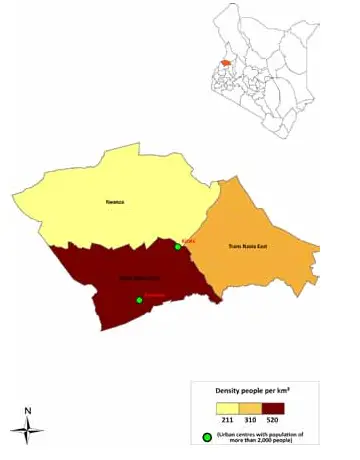Tharaka-Nithi County, situated in the eastern region of Kenya, is a captivating destination that offers a remarkable blend of natural beauty, cultural heritage, and warm hospitality. With its breathtaking landscapes, including the iconic Mount Kenya, diverse wildlife, and vibrant traditions, this county has something to offer to every visitor. Explore the untouched wilderness, immerse yourself in the local culture, and create unforgettable memories in Tharaka-Nithi County.
Geography
Tharaka-Nithi County is located in the eastern part of Kenya, bordering Meru County to the north, Embu County to the west, and Kitui County to the south and southeast. It is situated approximately 170 kilometers northeast of Nairobi, the capital city of Kenya. The county covers an area of about 2,662 square kilometers.
The physical features of Tharaka-Nithi County are diverse and picturesque. The northern part is characterized by rolling hills and valleys, while the southern part lies on the slopes of Mount Kenya. The county is also blessed with several rivers and streams, including the Thuci River, the Mutonga River, and the Kathita River. These water bodies not only add to the beauty of the county but also provide a source of water for irrigation and domestic use.
Demographics
Tharaka-Nithi County has a population of approximately 393,177 people, according to the 2019 census. The majority of the population is made up of the Tharaka and Ameru ethnic communities, who have lived in the area for generations. These communities have their own distinct cultural practices and traditions, which greatly contribute to the vibrant diversity of the county.
In terms of languages, the two most widely spoken languages in Tharaka-Nithi County are Kimeru and Tharaka. Kimeru is predominantly spoken by the Ameru community, while Tharaka is spoken by the Tharaka community. Nevertheless, Swahili and English are also commonly understood and spoken, especially in urban areas and among the younger generation.
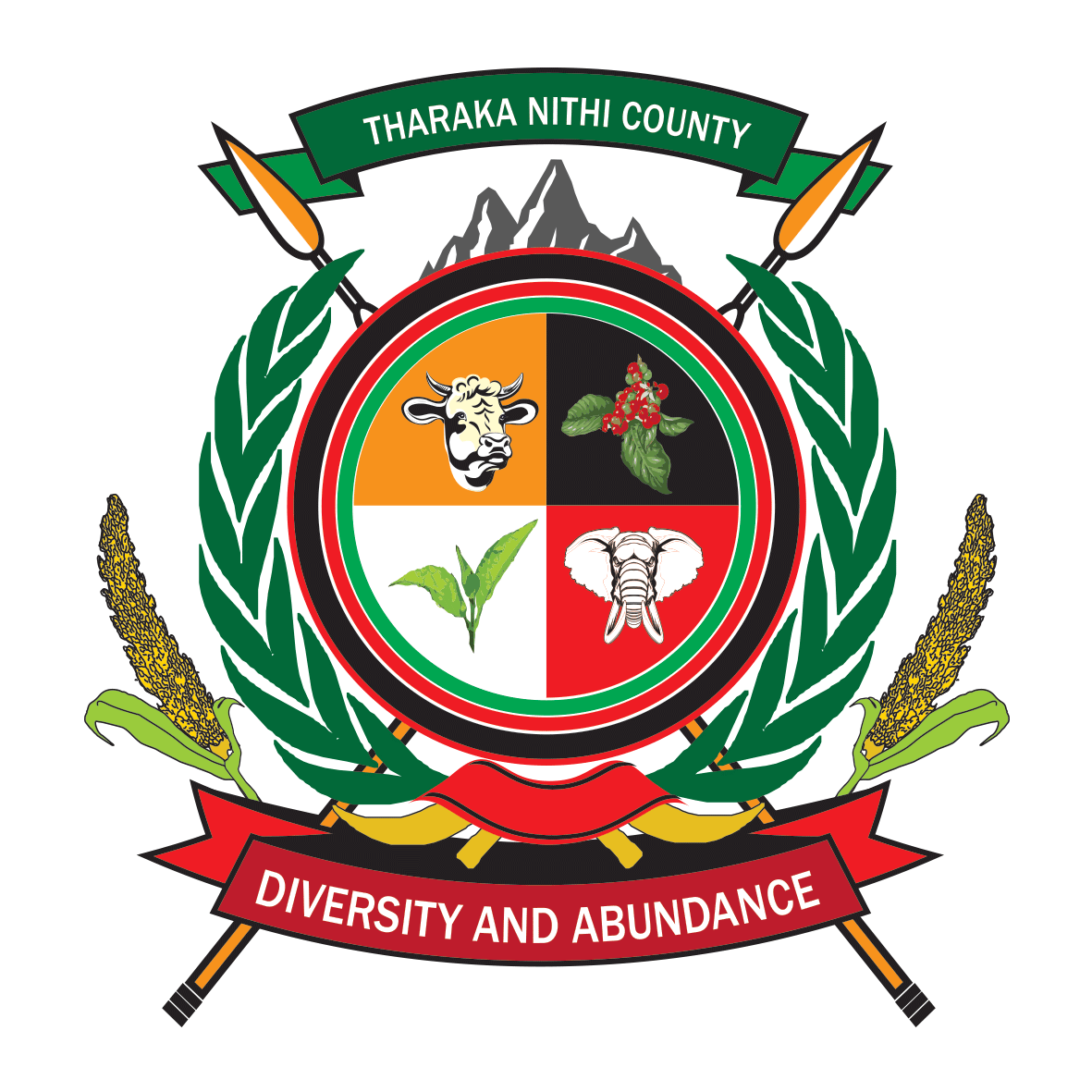
This image is property of tharakanithi.go.ke.
Administration
The county capital of Tharaka-Nithi is Kathwana, which serves as the seat of government and houses various administrative offices. The county is further divided into four sub-counties, namely Tharaka, Maara, Chuka, and Igambang’ombe. Each of these sub-counties is headed by a sub-county administrator who oversees the delivery of government services at the local level.
Tharaka-Nithi County is also divided into six constituencies, which are Chuka/Igambang’ombe, Tharaka, Maara, Maara, Muthambi, and Meru South. Each constituency is represented by a Member of Parliament who is elected by the residents of the respective constituencies.
Economy
Agriculture is the backbone of Tharaka-Nithi County’s economy, with the majority of the population engaged in farming. The fertile land and favorable climate in the county make it suitable for the cultivation of various crops such as maize, beans, coffee, tea, and bananas. The county is also known for its dairy farming, with many farmers rearing cattle for milk production.
Tourism also plays a significant role in the economy of Tharaka-Nithi County. The county is blessed with breathtaking natural landscapes, including the Tharaka-Dam and the Mwea-Tebere Irrigation scheme. These attractions draw both local and international tourists who come to enjoy activities such as boating, bird watching, and picnicking. Additionally, the annual Tharaka Cultural Festival showcases the rich cultural heritage of the county and attracts visitors from far and wide.
Trade is another important economic activity in Tharaka-Nithi County. The county boasts a number of market centers and trading centers where residents can buy and sell goods. These trading activities, coupled with the agricultural produce, contribute to the overall economic growth and development of the county.
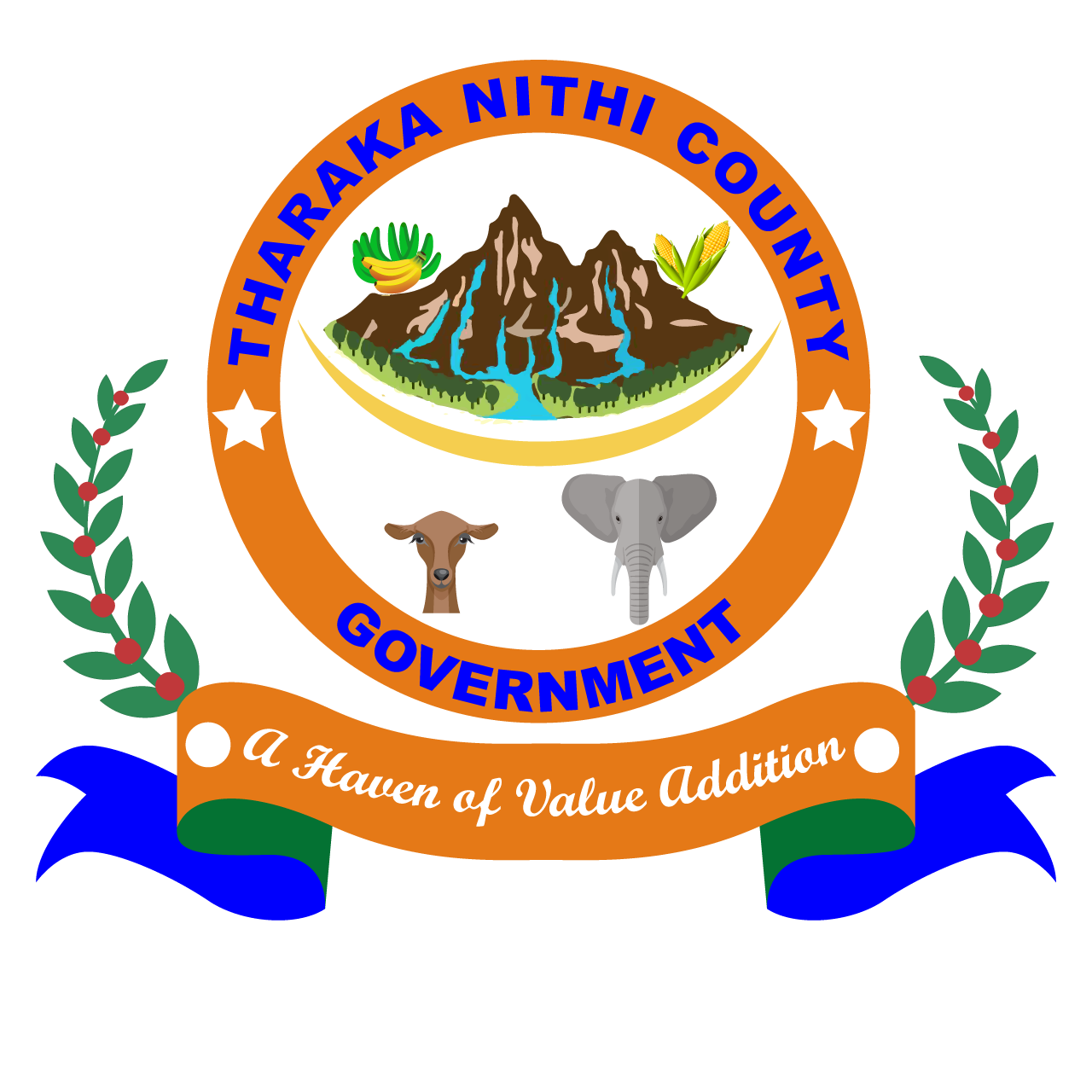
This image is property of www.dolficode.com.
Infrastructure
Tharaka-Nithi County is continuously investing in infrastructure to meet the needs of its growing population. The road network has been improved, with major roads connecting the different parts of the county. This has not only facilitated transportation but also enhanced trade and accessibility to various amenities.
Healthcare services have also been prioritized, with the construction of modern hospitals and health centers across the county. These healthcare facilities provide a range of services, including preventive, curative, and rehabilitative care. The county government has also invested in medical equipment and personnel to ensure that residents have access to quality healthcare.
Education is another area where Tharaka-Nithi County has made significant strides. The county has numerous primary and secondary schools, as well as vocational training centers and tertiary institutions. This has increased access to education for the residents, enabling them to acquire the necessary skills and knowledge for personal and professional development.
Culture
The people of Tharaka-Nithi County are proud of their cultural heritage, which is deeply rooted in their traditions and customs. The county is known for its traditional ceremonies and rituals, which are an integral part of the community’s social fabric. These traditions are passed down from generation to generation, ensuring that the cultural identity of the county is preserved.
Music and dance are important aspects of the cultural life in Tharaka-Nithi County. The communities in the county have their own unique musical styles and dance routines, which are performed during various occasions and celebrations. These performances not only entertain but also serve as a means of storytelling and communication.
The local cuisine in Tharaka-Nithi County is diverse and delicious, reflecting the abundance of agricultural produce in the region. Staple foods include maize, beans, bananas, and potatoes, which are often cooked into hearty and flavorful dishes. Traditional dishes such as irio (mashed peas and potatoes), githeri (a mix of beans and maize), and mukimo (mashed mixture of vegetables and potatoes) are popular among the locals and visitors alike.
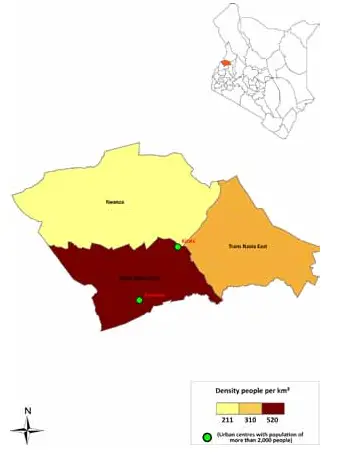
This image is property of opencounty.org.
Tourist Attractions
Tharaka-Nithi County boasts a number of tourist attractions that showcase the natural beauty and cultural heritage of the region. The Chuka-Dam is a popular destination for visitors, offering opportunities for boating and fishing. The Mwea-Tebere Irrigation scheme is another notable attraction, which showcases the innovative agricultural practices in the county.
The Tharaka Cultural Festival is an annual event that brings together the various communities in the county to celebrate their cultural heritage. The festival features traditional music, dance performances, exhibitions, and traditional food, providing visitors with a unique cultural experience.
Historical Background
Tharaka-Nithi County has a rich historical background that dates back to the early settlements in the region. The Tharaka and Ameru communities have inhabited the area for centuries, engaging in trade and agriculture. The county also has a significant historical connection to the colonial era, with various landmarks and artifacts that tell the story of that period.
Tharaka-Nithi County gained independence along with the rest of Kenya in 1963. Since then, the county has made significant progress in terms of development and governance. The post-independence period has seen the implementation of various policies and initiatives aimed at improving the welfare of the residents and promoting economic growth.
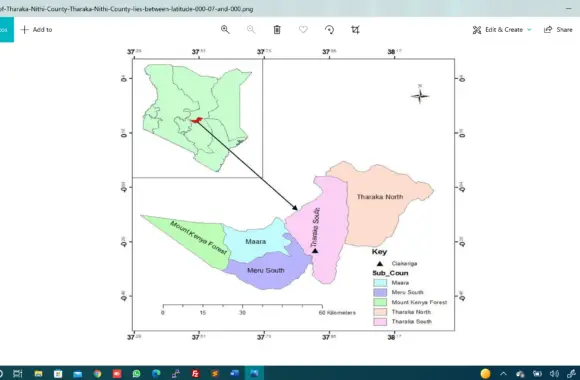
This image is property of tharakanithi.go.ke.
Politics
In recent years, Tharaka-Nithi County has actively participated in the democratic process through elections. The county has witnessed competitive elections for various political positions, including the gubernatorial seat, senatorial seat, and parliamentary seats. These elections have seen the rise of political leaders who are committed to serving the interests of the residents and driving the development agenda of the county.
Challenges and Development
Like any other county in Kenya, Tharaka-Nithi faces several challenges that hinder its development. One of the key challenges is infrastructure development, particularly in the rural areas. There is a need for ongoing investment in roads, electricity, and water supply to improve connectivity and support economic activities.
Poverty alleviation is another challenge that Tharaka-Nithi County is working to address. The county government has implemented various poverty eradication programs, including youth empowerment initiatives, women’s groups, and access to microfinance services. These programs aim to create opportunities for economic empowerment and improve the standard of living for all residents.
Healthcare access is also a priority in Tharaka-Nithi County. Efforts are being made to improve the quality and accessibility of healthcare services, especially in the rural areas. The county government continues to invest in medical infrastructure, equipment, and personnel to ensure that residents have access to adequate healthcare.
In conclusion, Tharaka-Nithi County is a vibrant and diverse region in eastern Kenya. With its stunning physical features, rich cultural heritage, and growing economy, the county has a lot to offer residents and visitors alike. Through continuous investment in infrastructure, education, healthcare, and poverty alleviation, Tharaka-Nithi County is poised to achieve sustainable development and improve the well-being of its people.
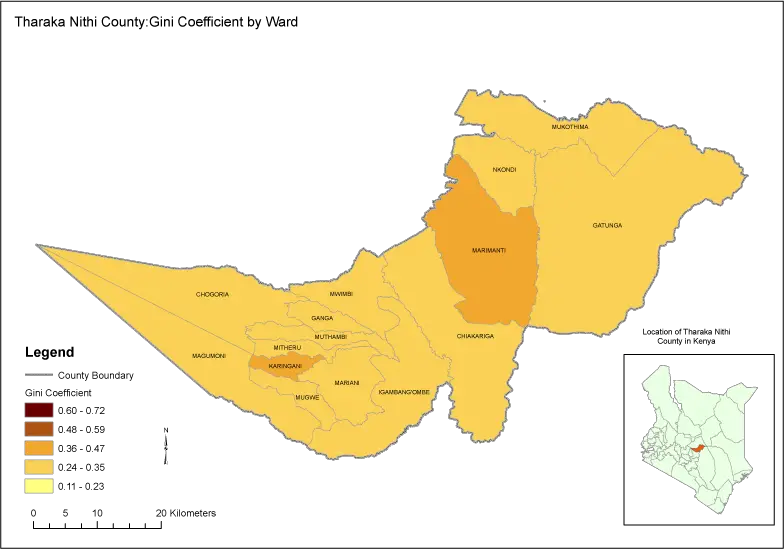
This image is property of inequalities.sidint.net.

